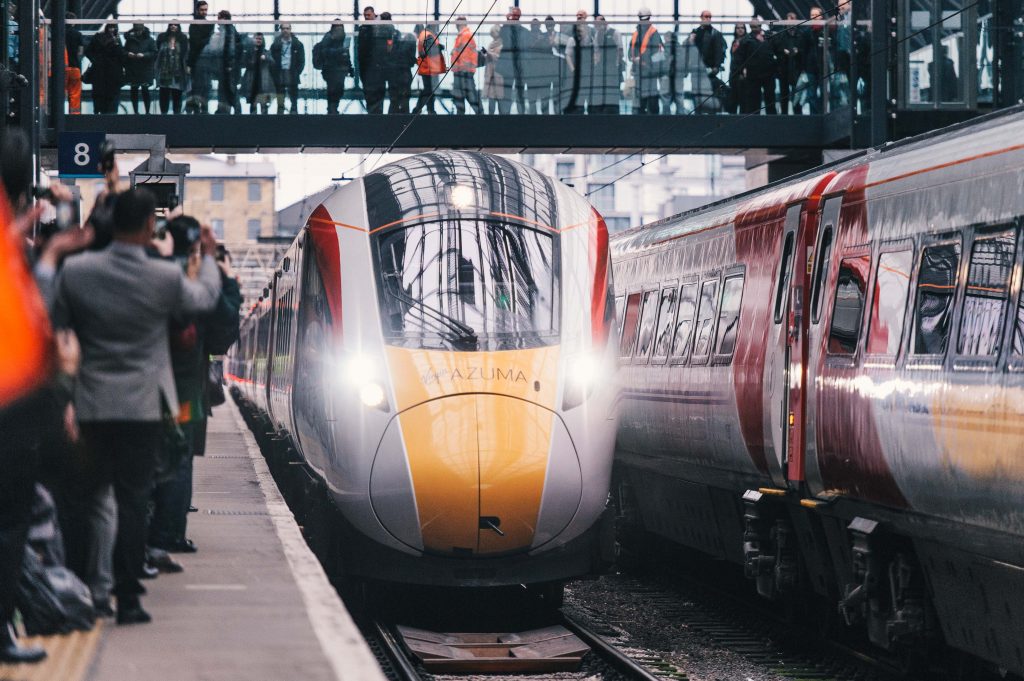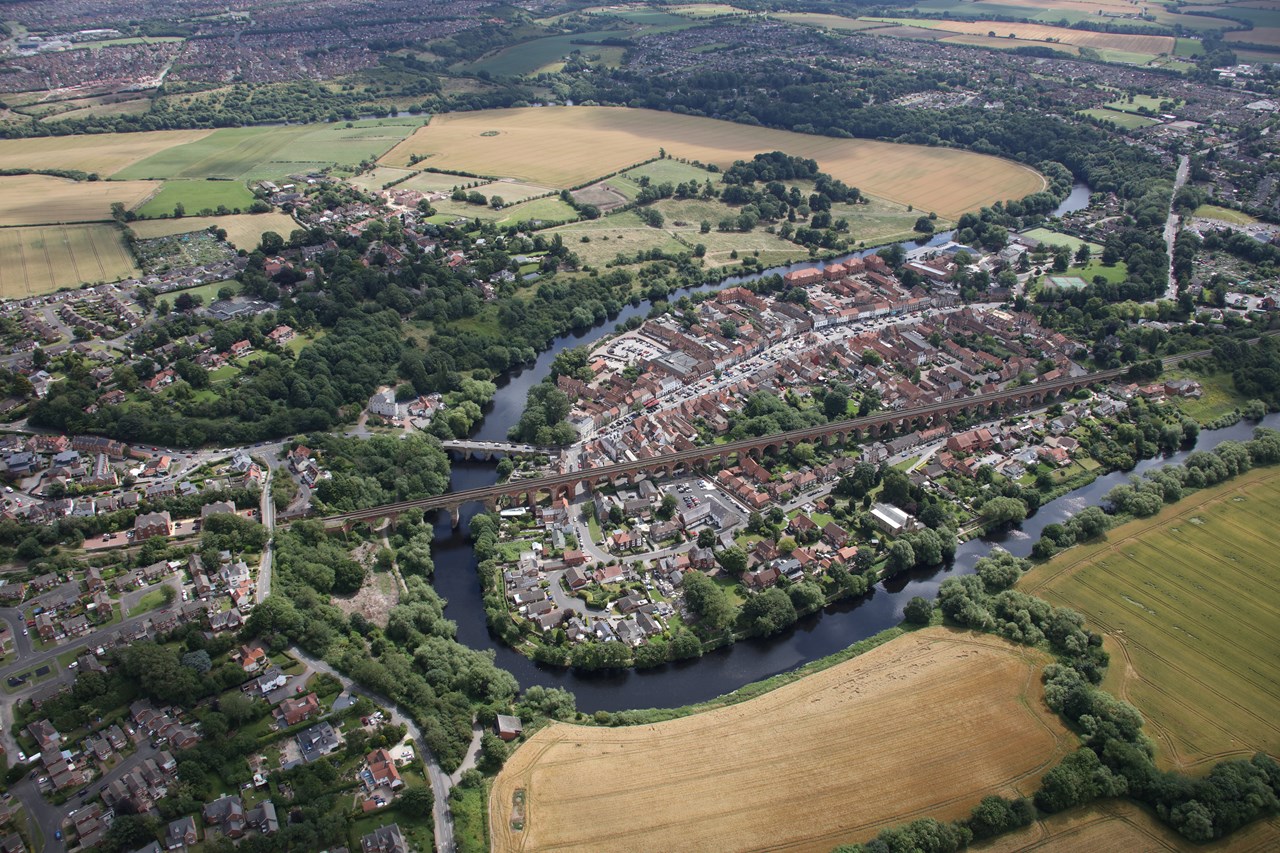Over half of all passenger trains on tracks in the UK have been replaced or upgraded in the past 10 years, all to improve your experience.
Placed end to end, the total length of these new trains reaches more 132 miles, according to industry body Rail Delivery Group.
That’s the same length as over 2,300 football pitches – and further than a journey from Newcastle to Sheffield or Cardiff to Coventry.
New trains that have you in mind
Many of the new passenger trains feature improvements designed to give you a better experience on board. These have been introduced in consultation with a varied group of passengers.
Daniel Mann, director of rail industry operations at Rail Delivery Group, said: “Over the past decade a huge amount of investment has gone into new and refurbished trains for our customers. People’s needs and what they expect on board have changed and we need to adapt with them.”
Improved facilities
Between them, train operators and fleet owners including Greater Anglia, Southeastern, South Western Railway, London North Eastern Railway and Avanti West Coast have invested over £2.9bn in better facilities on new and refurbished train.
Some of these improvements include more spacious and accessible carriages and new luggage space. More trains now feature at-seat power points, WiFi and better connectivity to help keep you connected throughout your journey.
Over 80% of the national fleet now has air conditioning, so you can be more comfortable during the increasingly warm summer months.

Accessible by design
Features such as level boarding and accessible toilets support more wheelchair users and people with reduced mobility.
For example, Greater Anglia’s new fleet of Stadler trains, which run across Norfolk, Suffolk, Cambridgeshire and parts of Essex, includes the first mainline trains in Britain to give you level boarding at the national standard platform height, with lower floors and a retractable step at each door.
Greener trains
Manufacturers have also designed new trains with sustainability in mind.
For instance, each Elizabeth Line train is built from lightweight materials and uses a special type of braking – regenerative braking – that uses 30% less energy.
Meanwhile, London North Eastern Railway’s diesel consumption has fallen from more than 30m litres a year to under five million litres since the introduction of Azuma trains. That’s the equivalent of 10 Olympic-sized swimming pools.
South Western Railway’s new fleet of Arterio trains includes fully accessible bioreactor Controlled Emission Toilets for wheelchair users. The toilets – used in European countries like the Netherlands and Switzerland – biologically and thermally treat waste to produce wastewater compliant with European Union bathing water standards.
Even more potential in the future
Train operators such as Great Western Railway are also busy testing the potential of battery-powered trains to replace traditional diesel ones.
Meanwhile, London North Eastern Railway’s new tri-mode trains will be able to run on overhead wires, diesel or battery power. These trains are made with lightweight materials using Japanese bullet train technology and will help the company reduce its emissions by 67% by 2035.
Plus, some of the older trains have been repurposed helping to reduce waste. Iconic trains built in the 1980s can now be found acting as libraries or science labs for schools. Charities are also using them as space for information and community workshops.
Boosting the economy
The rail supply chain now employs about 30,000 people in the UK because of this investment in trains. In fact, it’s estimated to have contributed a total £1.8bn to the national economy over the last decade.
New and upgraded trains won’t just mean a better travel experience for you, it helps make rail an even greener option and boosts the national and local economies.




